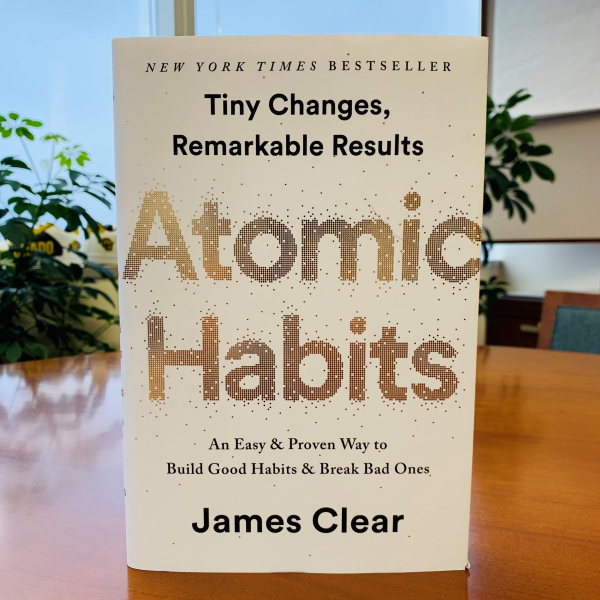I started this series on January 8th with a blog called “Don’t Make Resolutions, Create Better Habits.” This series is based on a book I read last year called Atomic Habits by James Clear, which is an exceptional book that explains in detail how to create productive habits and remove bad habits. If you can’t wait to read the book, you can get it here: https://tinyurl.com/y6rvfpsw
The Habit Loop, which is a neurological feedback loop, is what you use to build good habits. This Loop is comprised of 4 parts: 1) Cue; 2) Craving; 3) Response; and 4) Reward. These are the 4 Laws of Behavior Change.

Blog By Chelsea McClain
Marketing & Team Development Manager
The Problem Phase
The Cue triggers the brain to initiate a behavior. It predicts the reward. People are not motivated by the same cues.
The Craving is the motivational force behind every habit. You crave the change in the state it creates. It’s linked to a desire to change your state.
The Situation Phase
The Response is the actual habit you perform. Whether the response happens depends on how motivated you are, and how much friction is caused by the behavior. It also depends on ability. It delivers the Reward.
The Reward is the end goal of every habit. It satisfies the Craving. Rewards teach us which actions are worth remembering. They close the feedback loop.
Using the 4 Laws of Behavior Change to create a good habit…
- Cue – Make it obvious
- Craving – Make it attractive
- Response – Make it easy
- Reward – Make it satisfying
Making It Obvious
- Write down your current habits to become aware of them.
- Use implementation intentions; “I will [BEHAVIOR] at [TIME] in [LOCATION].”
- Use habit stacking: “After [CURRENT HABIT], I will [NEW HABIT].”
- Design your environment. Make the cues of good habits obvious and visible.
Making it Attractive
- Use temptation bundling. Pair an action you want to do with an action you need to do.
- Join a culture where your desired behavior is the normal behavior.
- Create a motivation ritual. Do something you enjoy immediately before a difficult habit.
Making it Easy
- Reduce friction. Decrease the number of steps between you and your good habits.
- Prime the environment. Prepare your environment to make future actions easier.
- Master the decisive moment. Optimize the small choices that deliver outsized impact.
- Use the Two-Minute Rule. Downscale your habits until they can be done in two minutes or less.
- Automate your habits. Invest in technology and onetime purchases that lock in future behavior.
Making it Satisfying
- Use reinforcement. Give yourself an immediate reward when you complete your habit.
- Make “doing nothing” enjoyable. When avoiding a bad habit, design a way to see the benefits.
- Use a habit tracker. Keep track of your habit streak and “don’t break the chain.”
- Never miss twice. When you forget to do a habit, make sure you get back on track immediately.
This is just a taste of what to do to create good habits. For all of the information you need to fully implement this plan successfully, please read Atomic Habits by James Clear. You can get it here: https://tinyurl.com/y6rvfpsw






